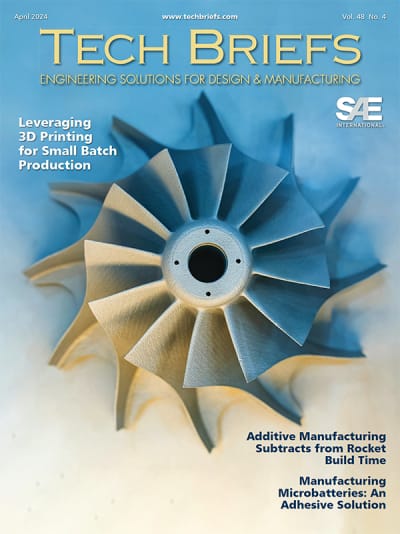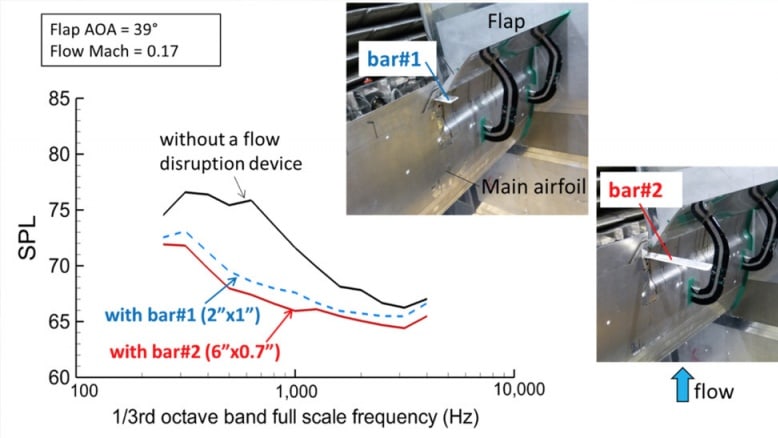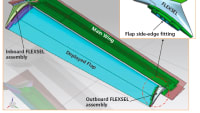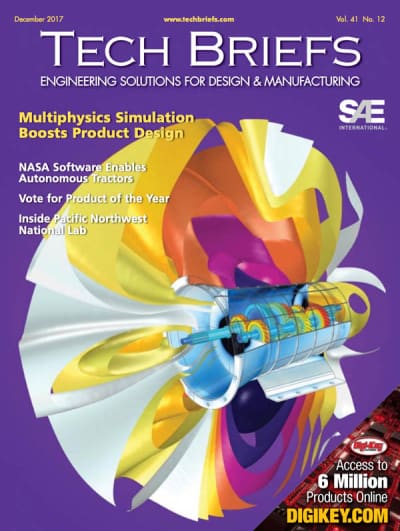NASA’s Langley Research Center has developed a deployable and stowable mechanical design for filling the cavity behind the leading-edge slat (i.e., slat cove) when it is extended upon landing an aircraft. Aerodynamic flow over an unfilled cavity typically exhibits strongly unsteady behavior that is a source of aeroacoustic noise. Conventional leading-edge slat devices for high lift are a good example of such geometric and flow conditions, and are a prominent source of airframe noise. Experimental and computational results have shown that a slat-cove filler device could significantly reduce the noise produced by slat structures. The proposed structural concept will enable autonomous achievement of the desired deployed shape. The design will facilitate a clean cruise configuration with minimal weight addition to the aircraft. NASA is seeking development partners and potential licensees.

The superelastic shape memory alloy slat-cove filler provides significant broadband noise reduction to any aircraft wing structure that has a leading-edge, high-lift device and is distinct from the main-wing element (Figure 1). The design can be retrofitted to existing aircraft structures, and can be easily incorporated into the existing or future designs for aircraft wing structures. The concept involves very few components, requires no additional mechanical support from pneumatic or hydraulic systems, and makes use of existing slat-actuation systems for retraction. The design is autonomous, simple, and constitutes a low-weight addition. The concept is also considered failsafe because the lift would not be diminished in the event that the slat-cove filler failed to deploy.
A working version of the slat-cove filler concept is shown as a benchtop demonstration apparatus in Figure 2. The configuration shown is relevant to a Boeing 777 aircraft, and demonstrates fully autonomous retraction under manual slat articulation.
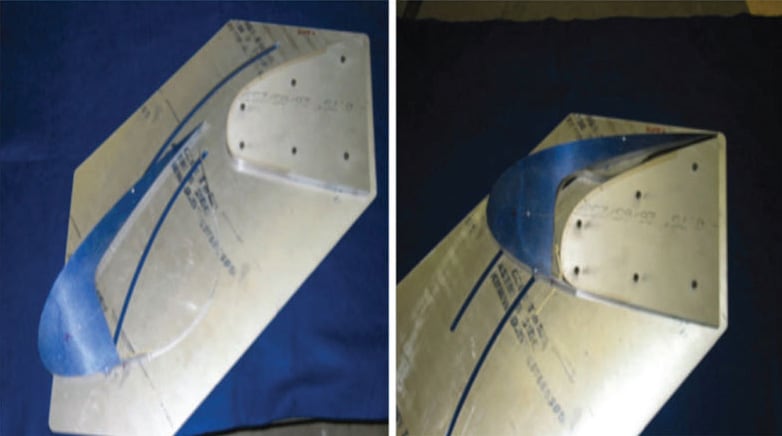
NASA Langley also offers a design for a deformable structure that is deployed from the leading edge of the main-wing element. It closes and covers the gap between the slat and the main-wing element. This approach has similar benefits as the slat-cove filler device.
NASA is actively seeking licensees to commercialize this technology. Please contact The Technology Gateway at
